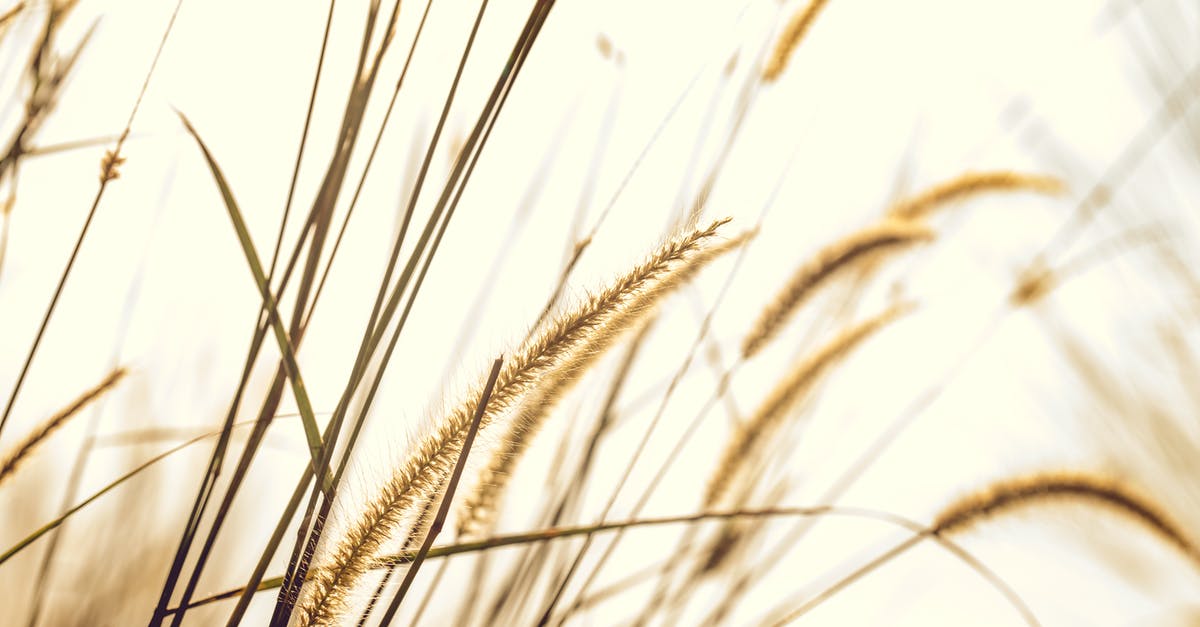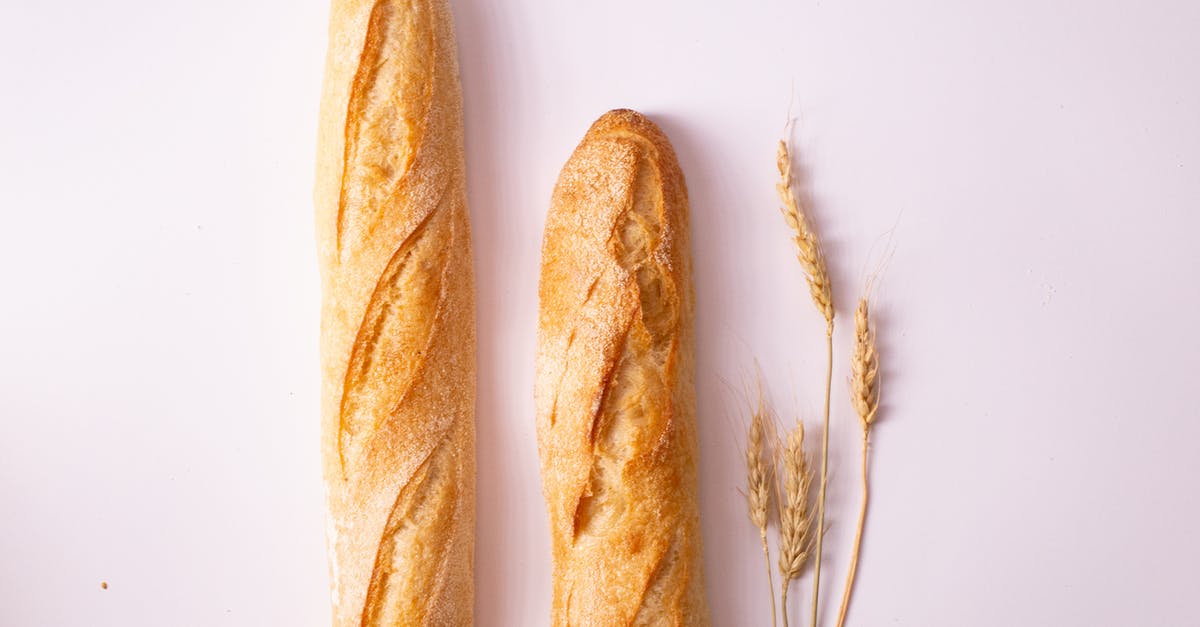Danish rye bread (rugbrød) gone wrong?

A couple weeks ago I tried making a danish rye bread using Magnus Nilsson's recipe from "The Nordic Cook Book."
The recipe basically calls for a preferment of rye, yeast and buttermilk which you let sit for 72 hours before adding the rest of the rye flour, buttermilk and rye kernels and waiting another 24 hours.
The problem is that by the end of those 96 hours, my concoction was so foul smelling that I can't imagine it turned out correctly. It was the usual rye scent with a strong hint of vomit, and I didn't even try to bake it.
What should the dough smell like after four days of fermentation? How can I tell if it's gone wrong?
For this type of recipe that requires buttermilk or cultured milk, is it possible that the milk+lemon juice substitute simply doesn't work? You need the actual bacteria from real cultured milk?
If my dough did go bad, was it just a matter of bad luck in getting the wrong bacteria, or was there something I could have done?
Best Answer
I definitely think buttermilk is required. If you don't want to invest in a whole jug, you might be able to find some plain kefir instead, or even yogurt will work in a pinch.
Sourdough starters (like the preferment like here) contain a combination of yeast and bacteria. It will definitely have a sour and somewhat funky smell, but generally speaking we've evolved to recognize good funk smells from "I'm not going to eat that" smells. It's not perfect, but it's helpful.
Yeast and bacteria are naturally present.... Everywhere basically. We get yeast infections on our skin and in embarrassing places because they are literally everywhere. Ever had dandruff? That's a yeast thing too. But there are lots of varieties of yeast. Beer and wine yeasts have been cultivated to produce/tolerate different amounts of alcohol for example. So even though yeast is everywhere, you added bread yeast to your preferment because you wanted that one. you didn't want some weirdo yeast chilling under your fingernails or something.
The thing with the milk and lemon juice substitute for buttermilk is that it only mimics the acidity and sweet-sour flavor for baking. But the bacterial profile is not the same. It could be anything! Some bacteria naturally present in milk produce iodine, which is bitter. For all I love my ferments, I can't predict whether my milk will become a delicious mesophilic buttermilk or a jug of bitter sadness if I let it spoil naturally..... But that's kind of what you did here.
Your milk and lemon juice both contained bacteria in small amounts to start, and nobody knows what they were. After several days, those bacteria multiplied by a lot, and your nose told you that whatever they were, they did NOT make something delicious. I think you were right to toss it.
So, while you might not have to use buttermilk, I would definitely use some kind of cultured dairy. Buttermilk or kefir would be best because those are room temperature mesophilic ferments. Yogurt will work in a pinch, but they're typically predominantly thermophilic cultures, meaning they flourish in a warmer environment.
Pictures about "Danish rye bread (rugbrød) gone wrong?"



Can you overproof rye dough?
An overproofed dough won't expand much during baking, and neither will an underproofed one. Overproofed doughs collapse due to a weakened gluten structure and excessive gas production, while underproofed doughs do not yet have quite enough carbon dioxide production to expand the dough significantly.Why is my rye bread dough sticky?
This dough is indeed very sticky because of the large amount of rye flour, the sticky molasses, and the water. The best ingredient to reduce if you'd like the dough to be more manageable is probably the water. Start by holding back 60g water or 1/4 cup. Sometimes stickiness comes from the dough being overproofed.How do you know when rye bread is proofed?
The very best thing to do is get a probe thermometer. Bread is around 98 degrees C on the inside when it is done. Rye bread is sticky by nature.Why does my rye bread taste bitter?
Rancid Seeds and Grains in Sourdough Bread The addition of seeds, nuts and grains is a great way to add vitamins, minerals and great flavor to your sourdough bread, but because these seeds, nuts and grains contain a high proportion of oil, they can also go rancid and produce a bitter tasting bread.Danish RYE BREAD recipe - 100% sourdough rye bread recipe - Smørrebrød
Sources: Stack Exchange - This article follows the attribution requirements of Stack Exchange and is licensed under CC BY-SA 3.0.
Images: Pixabay, DESPIERRES Cécile, DapurMelodi, Mariana Kurnyk
